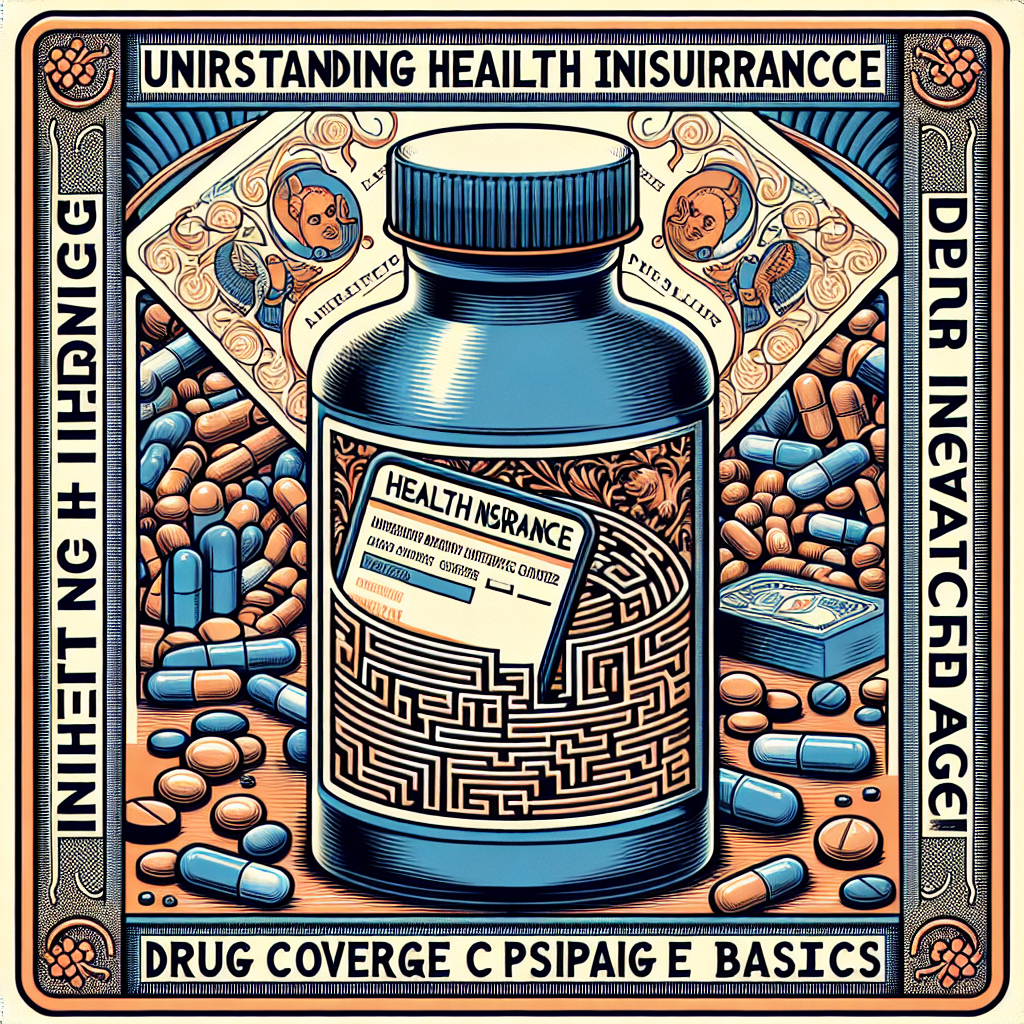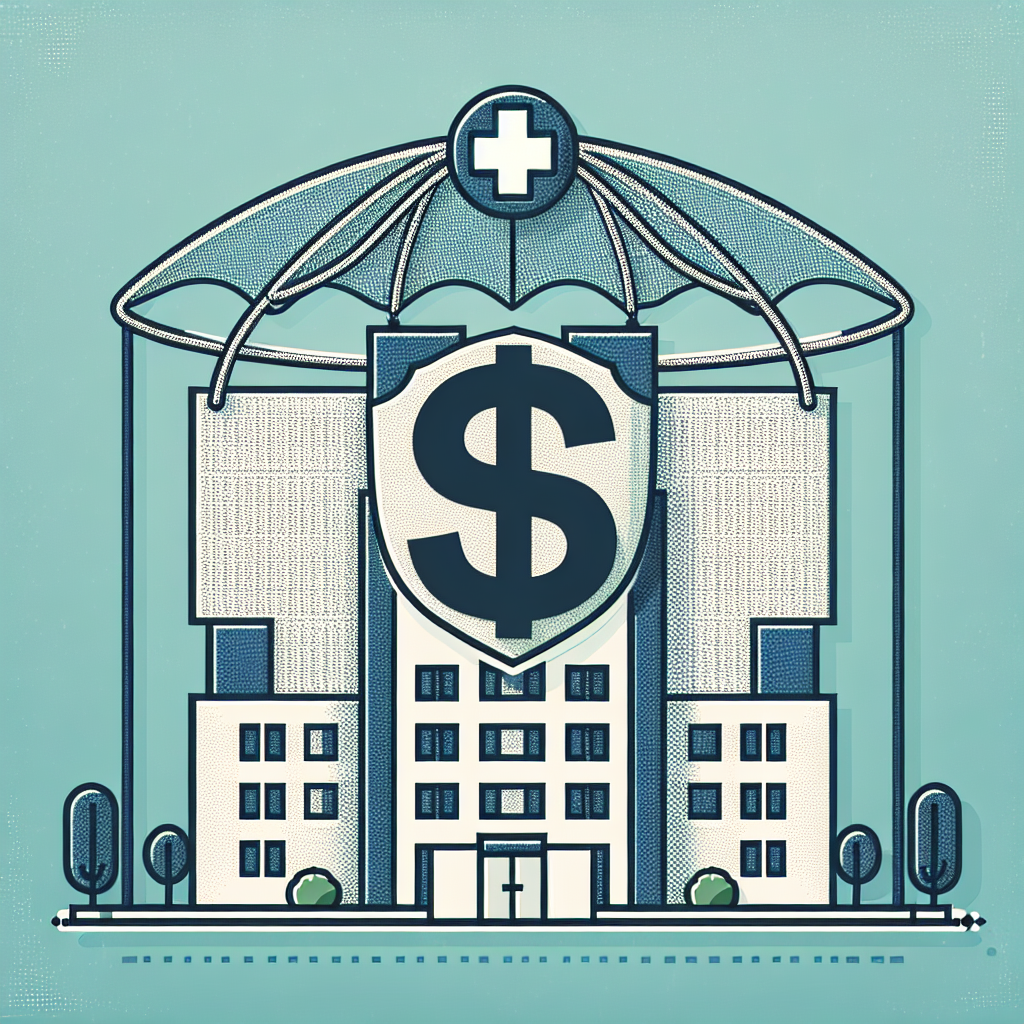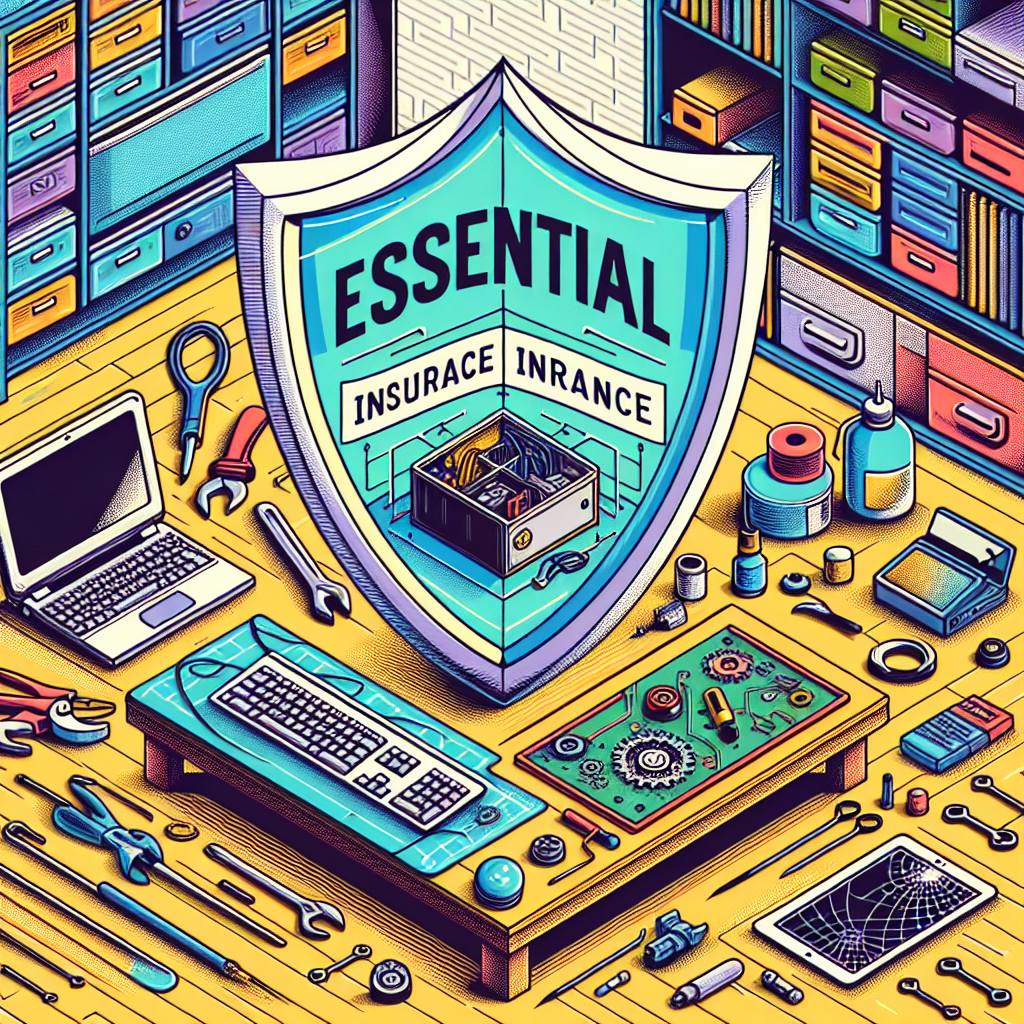Filed under Health Insurance on
Understanding Health Insurance Drug Coverage Basics

Health insurance drug coverage can often seem like a labyrinthine system, with various rules, regulations, and options to navigate. Understanding the fundamentals of health insurance drug coverage is crucial for making informed decisions and ensuring that your medications are covered effectively. This comprehensive guide delves into the essentials, offering clarity on this important aspect of healthcare.
What Is Health Insurance Drug Coverage?
Health insurance drug coverage is a key component of health plans that caters specifically to prescription medications. It aids in reducing the cost burden of drugs for policyholders, making necessary medications more affordable and accessible. These plans typically cover a range of drugs, but the specifics can vary significantly depending on the type of plan you choose.
Types of Health Insurance Plans
Different types of health insurance plans offer varying levels of drug coverage. Here’s a brief overview:
- HMO (Health Maintenance Organization): Generally requires you to use an in-network pharmacy to get the most benefit. Drug coverage can be more restrictive but usually cheaper.
- PPO (Preferred Provider Organization): Offers more flexibility in choosing pharmacies and often provides broader drug coverage, but may come with higher premiums.
- EPO (Exclusive Provider Organization): Similar to PPOs but typically require using network providers except in emergencies.
- POS (Point of Service): Combines features of HMOs and PPOs, allowing greater flexibility in drug choice and pharmacy selection.
Formulary Lists: A Key Component
The formulary list is a critical aspect of health insurance drug coverage. It details the medications covered under a plan, categorized in tiers that determine your out-of-pocket costs. Understanding formularies is crucial for managing prescription expenses effectively.
Tier Structures
Plans often categorize drugs into tiers, impacting coverage and cost:
- Tier 1: Typically consists of generic drugs, offering the lowest copayments.
- Tier 2: Includes preferred brand-name drugs, with moderate copayment levels.
- Tier 3: Covers non-preferred brand drugs, usually with higher out-of-pocket costs.
- Specialty Tier: Encompasses high-cost, unique medications requiring special handling or monitoring.
Network Pharmacies and Drug Coverage
Network pharmacies are essential for maximizing the benefits of health insurance drug coverage. Using in-network pharmacies often results in lower costs compared to out-of-network facilities. It’s vital to verify whether a pharmacy aligns with your health insurance plan to avoid surprise expenses.
Steps to Navigate Health Insurance Drug Coverage
Maximizing health insurance drug coverage involves a few strategic steps:
- Review the Plan’s Formulary: Always check if your current medications are covered in the plan’s formulary. If they’re not, consult your healthcare provider for alternatives.
- Evaluate Pharmacy Networks: Choose a plan with a preferred pharmacy network to minimize costs and ensure convenience.
- Understand Prior Authorization Requirements: Some medications may need approval before coverage kicks in, highlighting the need for early verification.
- Keep Up With Changes: Insurance plans and formulary lists can change annually. Staying informed helps in avoiding unexpected costs or disruption in medication access.
Factors Influencing Health Insurance Drug Coverage
Several factors can impact the nature and scope of your drug coverage:
- Plan Type: As discussed, different plans offer varying degrees of flexibility and coverage.
- Regulatory Changes: Government policies and healthcare reforms can significantly affect drug coverage, influencing which drugs are prioritized or how costs are managed.
- Industry Trends: Innovations in pharmaceuticals and treatment practices may lead to updates in covered medications, affecting availability and coverage terms.
The Importance of Understanding Your Coverage
Understanding your health insurance drug coverage isn’t just beneficial—it’s essential. It ensures you’re prepared for potential costs, can avoid unforeseen expenses, and access necessary medications without delay. An informed approach allows for proactive management of your health needs, enhancing both financial and physical well-being.
Expert Opinions and Industry Insights
Industry experts emphasize the importance of regular reviews and consultations with pharmacists and healthcare providers to optimize drug coverage. Keeping well-informed about policy changes and healthcare reforms is also recommended. Staying proactive in assessing plan options each year can have significant financial benefits.
Future Trends in Health Insurance Drug Coverage
Health insurance drug coverage is expected to undergo transformations driven by advancements in medicine and technology. Personalized medicine, telehealth, and AI-driven healthcare solutions are likely to influence future policy structures, potentially leading to more personalized and cost-effective drug coverage options.
In conclusion, understanding health insurance drug coverage is paramount for optimizing healthcare outcomes. By familiarizing yourself with the types of plans, formulary lists, and strategic steps to navigate coverage, you secure financial peace of mind while maintaining access to essential medications. Stay informed and proactive to ensure the best possible healthcare experience tailored to your needs.





